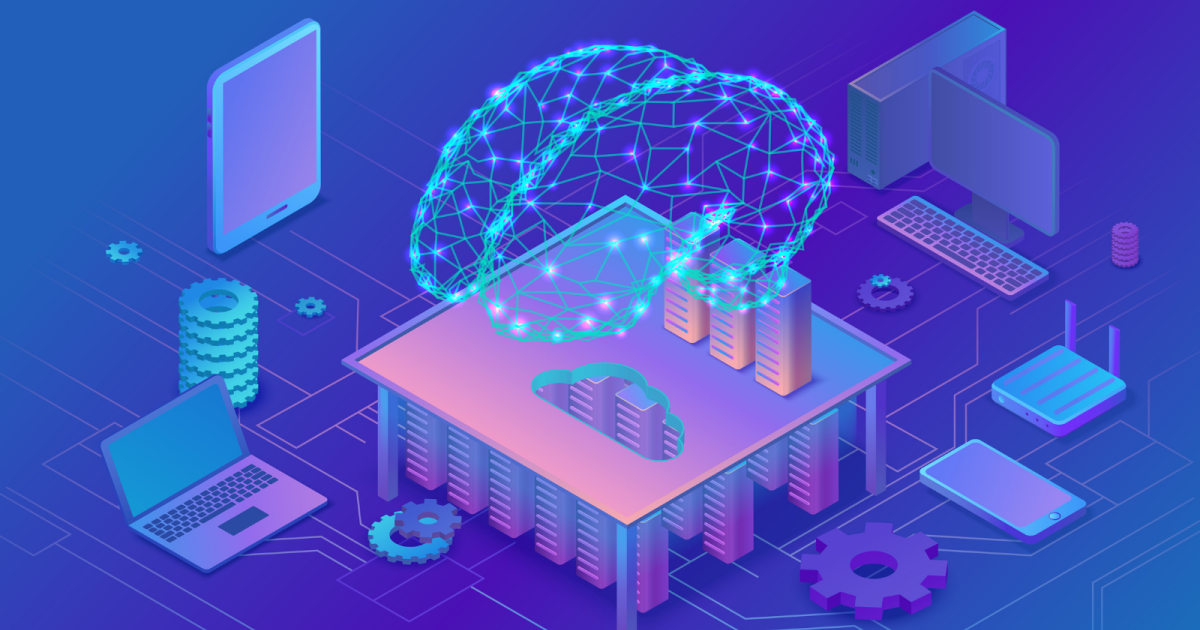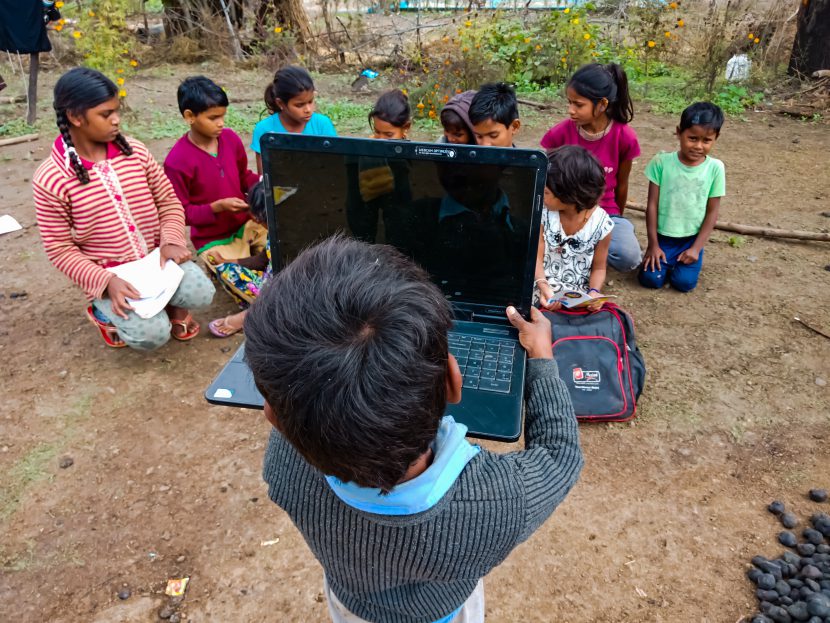"Saqlain Mushtaq Reveals Reason for Joining New Zealand as Assistant Coach"
Former Pakistan spinner Saqlain Mushtaq has revealed the reason behind accepting the role of Assistant Coach for the New Zealand cricket team. Saqlain, who is widely regarded as one of the greatest spinners in the history of the game, has been associated with the New Zealand team since 2019.
In an interview, Saqlain said that he was impressed with the way the New Zealand cricket team played and the culture they had built. He also praised the team's head coach, Gary Stead, for his approach and said that he was looking forward to working with him and the rest of the coaching staff.
Saqlain said that he had received several offers from different teams, but he chose to join the New Zealand team because of the positive environment and the team's focus on developing young talent. He also said that he was impressed with the team's performance in the recent past and believed that they had the potential to achieve great things in the future.
Saqlain, who played for Pakistan from 1995 to 2004, is credited with inventing the "doosra", a delivery that spins away from right-handed batsmen. He took 208 wickets in 49 Tests and 288 wickets in 169 ODIs for Pakistan. After retiring from international cricket, he has worked as a coach for several teams, including the West Indies, England, and Bangladesh.
In conclusion, Saqlain Mushtaq has revealed that he joined the New Zealand cricket team as Assistant Coach because he was impressed with the team's playing style and culture. He praised the team's head coach, Gary Stead, and said that he was looking forward to working with him and the rest of the coaching staff. Saqlain is a former Pakistan spinner and is credited with inventing the "doosra". He has worked as a coach for several teams and is expected to bring his vast experience and knowledge to the New Zealand team.
















